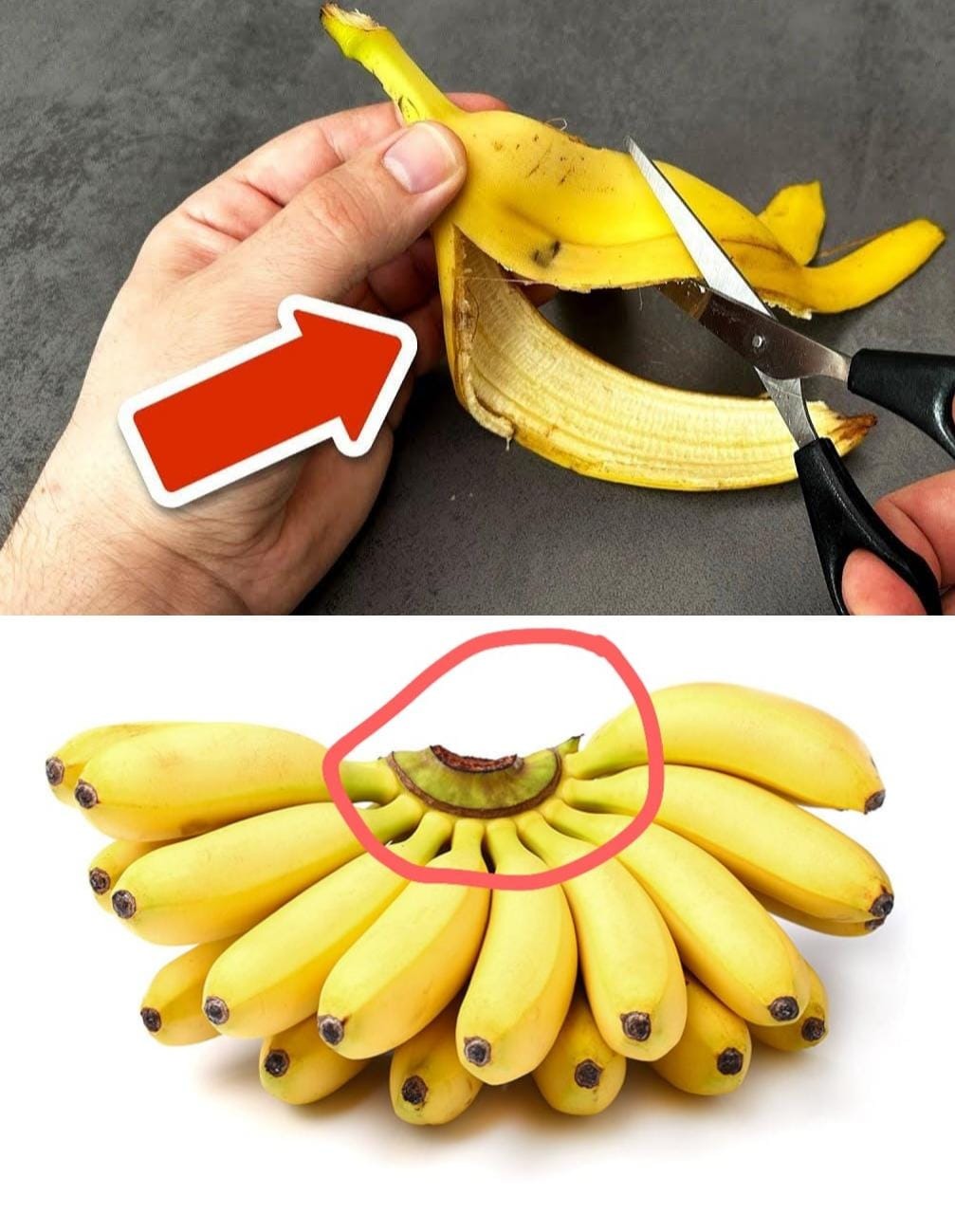Bananas are a household staple that have long been appreciated for their sweet taste and several health advantages, most notably their high potassium content. The fruit itself is consumed, but the peels—which are frequently thrown away as trash—hide a startling truth that has the power to completely change the way we cultivate. This article examines the many types of bananas, the hard ends of their peels that are sometimes disregarded, and the transformational potential that bananas have for fostering plants.

Different Banana Types:
There are many different kinds of bananas besides the common yellow variety, and each has its own distinct flavor and attributes. The banana family offers a wide range of options, from sweeter options like red bananas to types that have a tinge of vanilla from their ripening process. Banana peels of any kind, especially the stiff ends, are turning out to be useful tools for home gardeners.
The Fertilizer Power of Banana Peels:
It’s the hard end of the banana peel, not the peel itself, that holds the key. This frequently wasted portion is preserved and dried during the process, which unlocks its potential as a powerful plant fertilizer. Here’s a closer look at the procedure and the reasons it’s becoming more popular:
Drying Process: The hard end of the banana is kept and cut open to reveal the fibers inside after it has been peeled.
After that, the banana fibers are allowed to dry for a few hours in the sun.
Direct Application: Now that the dried banana fibers are abundant in vital nutrients, they can be strewn over plant beds or mixed right into potting soil.
With the help of this organic fertilizer, plants are certain to get water and the beneficial qualities found in banana fibers, which encourages strong, colorful growth.
Eco-friendly Approach: Growing bananas in all of their parts, especially the peels and their stiff ends, is a sustainable and environmentally friendly gardening method.

This method offers an affordable and ecological way to feed plants while also cutting down on trash.
Conclusion: Gardeners can take a step toward greener and more sustainable horticulture by realizing the potential that lies inside banana peels, especially with regard to their stiff ends. This straightforward but efficient technique benefits gardeners and the environment alike by promoting plant health and adhering to eco-friendly ideals. It’s time to reconsider our perception of banana peels and to appreciate their transforming potential to enhance our green areas.
